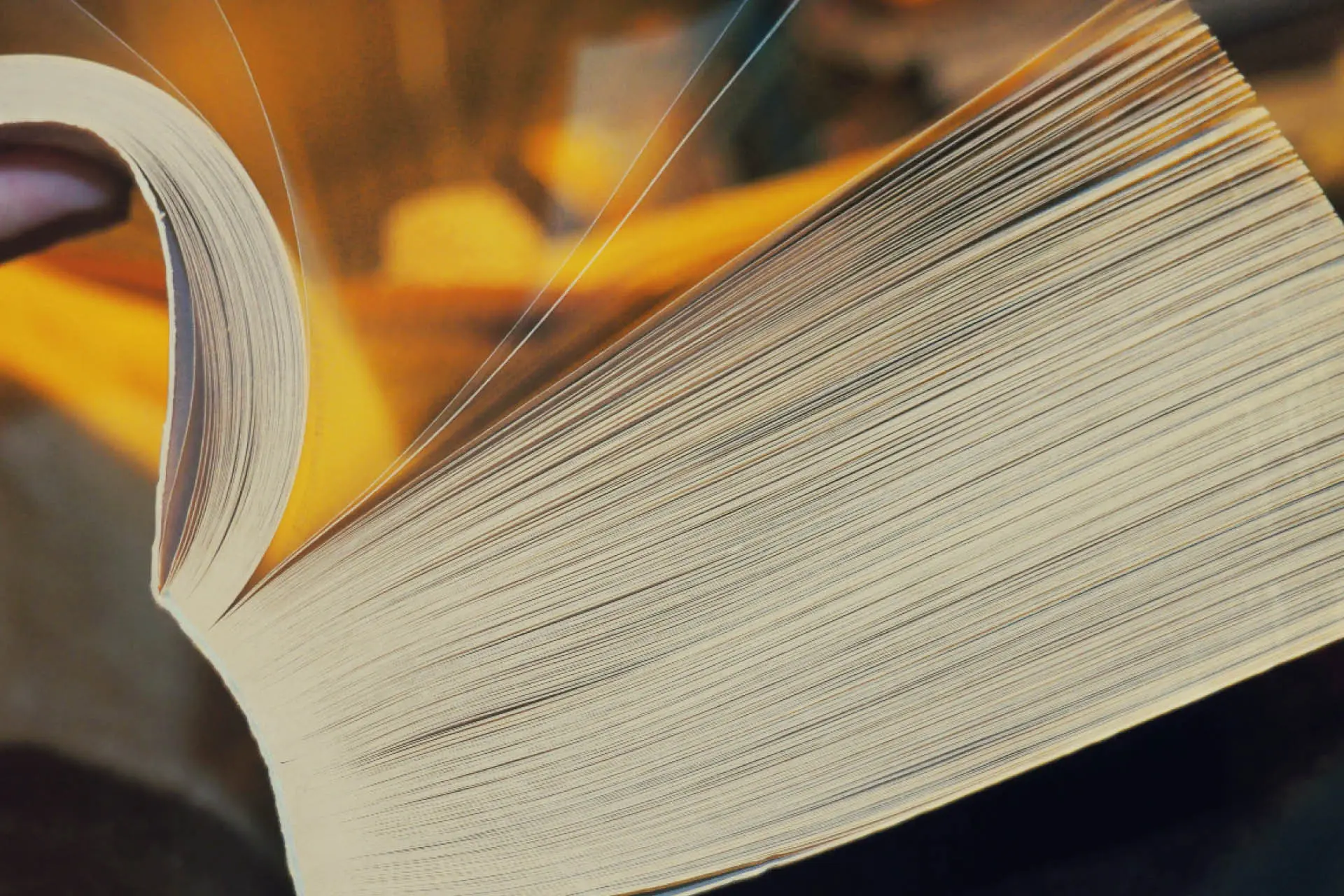PUR Binding and Perfect Binding – they sound very similar, so it’s reasonable to assume that the two binding methods are the same. It’s true that both methods share the benefits of perfect binding. We’d like to explain the difference between the two, and why we think our PUR adhesive binding beats traditional EVA adhesive binding, every time.

How PUR-fect is our Perfect Binding?
PUR Binding VS Perfect Binding
There are many different binding techniques:
· Perfect Binding
· PUR Binding
· Saddle stitching
· Spiral binding
· Section Sewn
Factors such as the number of pages, the material used, and the size and type of the printing project often determine the decision.
Perfect Binding
Perfect Binding is a popular and widely used method of binding the pages of a softcover book together, such as magazines, brochures and catalogues. Pages are bound using strong and flexible thermal glue. For a neat, clean look, front and back covers are added, and the three remaining sides are trimmed to the exact same size. The result is a sleek, smart, easy-to-stack and display book that looks good and is cost-effective. Look along the spine of most modern softcover brochures, and you can expect to see a layer of adhesive between the binding edge of the pages and the book’s cover. That’s Perfect Binding.
Perfect Binding is traditionally done using ethylene vinyl acetate (EVA), a simple hot-melt adhesive that sets quickly. Although this means that once the pages are glued, the books can be handled quickly, EVA glue does not always stand up well to heavy use. Pages do not lay flat and folding the book open can crack the spine: pages will fall out and render the book useless. Perfect binding can become brittle and crack in extreme cold, and potentially reactivate – melt – in extreme heat.
EVA does have its uses in binding, but it’s definitely a weaker binding material than PUR. In fact, PUR Binding is superior to EVA Binding in almost every way.
PUR Binding
PUR binding is made from PolyUrethane Reactive adhesives and it’s more resistant to changing temperatures than EVA. Once applied, the adhesive undergoes a chemical reaction that binds it to materials molecularly, a key factor in PUR’s strength and flexibility.
It made its debut into the printing world around 1989 and has become the leading choice within the binding industry. It is now one of the Defacto standards for short-run book printing. It’s one of the most durable bookbinding adhesives, up to 2 and a half times stronger than EVA or any other traditional glues on a page-pull test. Its strength means a little goes a long way, making it perfect for even the slimmest of volumes.
The glue’s flexibility allows books to be opened flatter making them more comfortable to hold. Books have more longevity and can be pressed down harder without the glue cracking at the spine, making pages become loose. With a thinner layer of 0.2-0.3mm of adhesive on the spine, there is less distortion of the book’s shape over time, and less likelihood of glue appearing on the inside cover.

What should you use PUR Binding for?
PUR’s consistent strength makes it an ideal choice for binding books that will withstand a lot of use. We recommend PUR Binding for children’s books, yearbooks, catalogues, magazines and manuals.
PUR-bound books look professional. We recommend PUR Binding for perfectly bound books greater than 32 pages, such as brochures, coffee table books, and novels.
Our PUR Binding is available across our full range of papers and weights. PUR can adhere to many different print materials, from recycled paper to coated stock. Simply choose your finish, coated paper or uncoated, matt or gloss, and we’ll do the rest. We offer a fast turnaround on this great value book printing and book-binding option.
Contact our friendly print team today on 01625 870 000.